Table of content
- Refrigeration: The First Line of Defense
- Submersion in Water: A Traditional Approach
- Vacuum Sealing: Minimizing Oxygen Exposure
- Freezing: Long-Term Preservation
- Pickling and Fermentation: Flavor-Enhancing Preservation
- Drying: Concentrating Flavor and Shelf Life
- Canning: Shelf-Stable Storage
- Modified Atmosphere Packaging (MAP)
- Infusion in Oil or Vinegar
Water bamboo, scientifically known as Zizania latifolia or commonly referred to as jiaobai in Asian cuisine, is a prized aquatic vegetable celebrated for its crisp texture, mild flavor, and nutritional richness. However, its perishable nature poses challenges for consumers and culinary professionals alike. This article explores the science behind preserving water bamboo, offering actionable strategies to maximize its freshness, flavor, and usability. By understanding the interplay of environmental factors, storage techniques, and preservation methods, individuals can reduce waste, save costs, and enjoy this seasonal delicacy year-round.
Understanding Water Bamboo: A Perishable Delicacy
Water bamboo thrives in marshy environments and is native to regions across Asia, including China, Japan, and Southeast Asia. Its edible shoots, harvested when young and tender, are rich in fiber, potassium, and antioxidants. Despite its culinary versatility—used in stir-fries, soups, salads, and pickles—water bamboo’s high water content (up to 90%) and delicate cellular structure make it highly susceptible to spoilage. Without proper handling, it can wilt, discolor, or ferment within days of harvest.
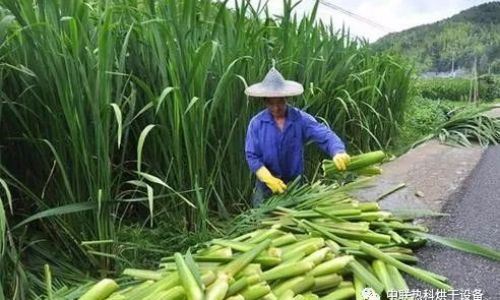
Factors Influencing Shelf Life
The longevity of water bamboo depends on several interrelated factors:
- Temperature: Warm environments accelerate microbial growth and enzymatic reactions, shortening shelf life.
- Humidity: Excess moisture promotes bacterial and fungal proliferation, while dryness causes dehydration and texture loss.
- Ethylene Exposure: As a climacteric vegetable, water bamboo produces ethylene gas, which hastens ripening and decay.
- Initial Quality: Freshly harvested, undamaged shoots with tight, unblemished sheaths last longer than bruised or overmature specimens.
- Handling: Rough transportation or improper cleaning can compromise the shoots’ protective layers.
Optimal Storage Methods
Refrigeration: The First Line of Defense
Refrigeration slows metabolic processes and microbial activity, extending shelf life by 3–5 days when stored correctly.
- Preparation: Trim the base slightly to remove dried or damaged portions. Avoid washing until ready to use, as moisture accelerates decay.
- Packaging: Wrap shoots loosely in damp paper towels to maintain humidity without causing sogginess. Place in a perforated plastic bag or airtight container to balance moisture retention and airflow.
- Placement: Store in the crisper drawer, away from ethylene-producing fruits like bananas or apples.
Submersion in Water: A Traditional Approach
Submerging water bamboo in cold, clean water mimics its natural aquatic environment, preserving crispness for up to a week.
- Technique: Trim the base, peel off outer layers if tough, and place in a jar or container filled with water. Change the water daily to prevent bacterial buildup.
- Considerations: This method may alter flavor slightly, making it ideal for cooked dishes rather than raw applications.
Vacuum Sealing: Minimizing Oxygen Exposure
Vacuum-sealed packages eliminate oxygen, slowing oxidation and microbial growth.
- Process: Blanch shoots for 1–2 minutes to inactivate enzymes, then cool rapidly. Seal in vacuum-packed bags and refrigerate.
- Shelf Life: Up to 10–14 days, with texture retention comparable to fresh produce.
Freezing: Long-Term Preservation
Freezing halts enzymatic and microbial activity, allowing storage for 6–12 months.
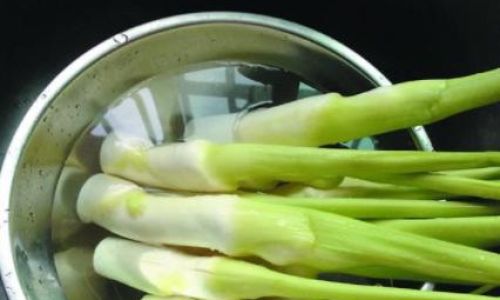
- Blanching: Immerse shoots in boiling water for 2–3 minutes, then shock in ice water to halt cooking.
- Packaging: Portion into freezer-safe bags, removing excess air. Label with dates for rotation.
- Usage: Thaw in the refrigerator before use; texture becomes softer, making it suitable for soups or stir-fries.
Pickling and Fermentation: Flavor-Enhancing Preservation
Acidic brines or fermentation processes create inhospitable environments for spoilage organisms.
- Quick Pickling: Simmer vinegar, sugar, salt, and spices, then pour over sliced water bamboo. Store in sterilized jars for 2–4 weeks.
- Lacto-Fermentation: Submerge shoots in saltwater brine (2–3% salinity) and ferment at room temperature for 5–7 days before refrigerating.
Drying: Concentrating Flavor and Shelf Life
Dehydration removes moisture, inhibiting microbial growth.
- Methods: Air-dry sliced shoots in a well-ventilated area or use a dehydrator at 55–60°C (130–140°F) until brittle.
- Storage: Keep in airtight containers away from light; rehydrate before use.
Best Practices for Prolonging Freshness
- Select Wisely: Choose firm, unbruised shoots with vibrant green sheaths. Avoid those with soft spots or foul odors.
- Clean Gently: Rinse under cold water, scrubbing lightly to remove debris without damaging the flesh.
- Avoid Cross-Contamination: Use separate cutting boards and utensils for raw and cooked produce.
- Monitor Regularly: Check for signs of spoilage (discoloration, sliminess) and discard affected portions immediately.
- Rotate Stock: Practice “first in, first out” to ensure older produce is used first.
Signs of Spoilage: When to Discard
- Visual Cues: Dark spots, yellowing, or mold growth on the surface.
- Texture Changes: Softening, mushiness, or a rubbery consistency.
- Odor: Foul, sour, or fermented smells indicate bacterial activity.
- Taste: A bitter or acidic flavor, even if appearance seems normal.
Advanced Preservation Techniques
Canning: Shelf-Stable Storage
Pressure canning water bamboo in brine or acidic solutions ensures long-term preservation (1–2 years). Follow USDA guidelines to prevent botulism risks.
Modified Atmosphere Packaging (MAP)
Industrial MAP systems replace oxygen with nitrogen or carbon dioxide, extending shelf life to 3–4 weeks. While impractical for home use, this method highlights the role of gas composition in preservation.
Infusion in Oil or Vinegar
Preserving water bamboo in olive oil or vinegar with herbs and spices creates gourmet condiments. Store in sterilized jars for 3–6 months.
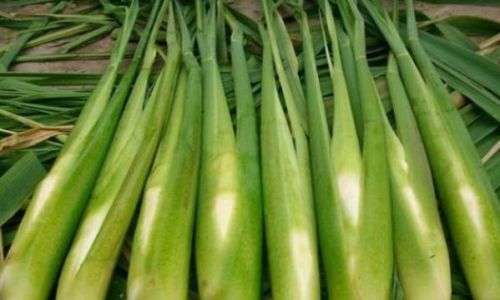
Creative Culinary Applications
Preserved water bamboo offers unique opportunities for culinary innovation:
- Pickled Shoots: Add tangy crunch to tacos, grain bowls, or charcuterie boards.
- Fermented Slices: Use as a probiotic-rich garnish for salads or sandwiches.
- Dehydrated Flakes: Incorporate into seasoning blends or vegan “bacon” recipes.
- Frozen Portions: Blend into creamy soups or vegan cheeses for texture contrast.
Environmental and Economic Impact
Proper preservation reduces food waste, a critical global issue contributing to 8–10% of greenhouse gas emissions. By extending water bamboo’s shelf life, consumers lower their carbon footprint and financial outlay. For example, a 50% reduction in waste saves the average household $150 annually, per USDA estimates.
Conclusion: Mastering the Art of Preservation
Water bamboo’s ephemeral beauty need not be fleeting. By leveraging refrigeration, submersion, freezing, and fermentation techniques, enthusiasts can savor its unique qualities beyond the harvest season. Whether enjoying its crisp snap in a summer salad or its umami-rich depth in a winter stew, preservation transforms this aquatic gem into a culinary staple. Embrace these methods, and let water bamboo’s versatility grace your table year-round.
Final Tip: Experiment with combinations of preservation techniques—such as blanching before freezing or pickling after vacuum sealing—to discover your preferred balance of texture, flavor, and convenience. The key lies in understanding the delicate dance between time, temperature, and technology.
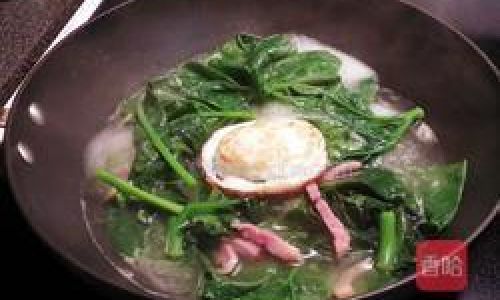
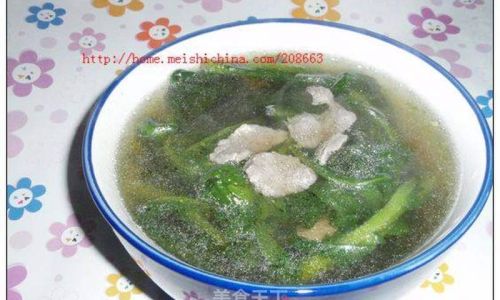
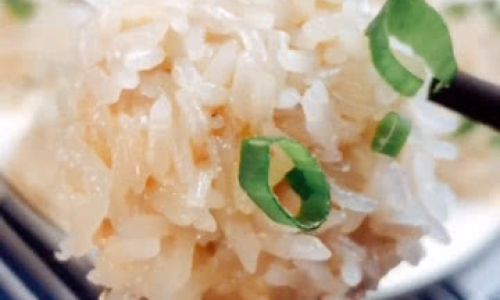

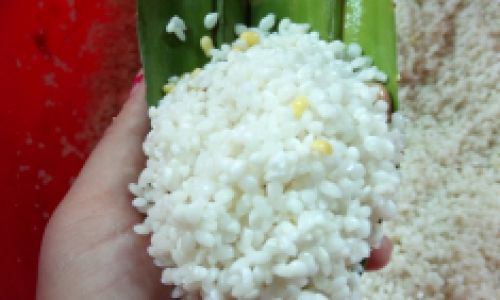
0 comments